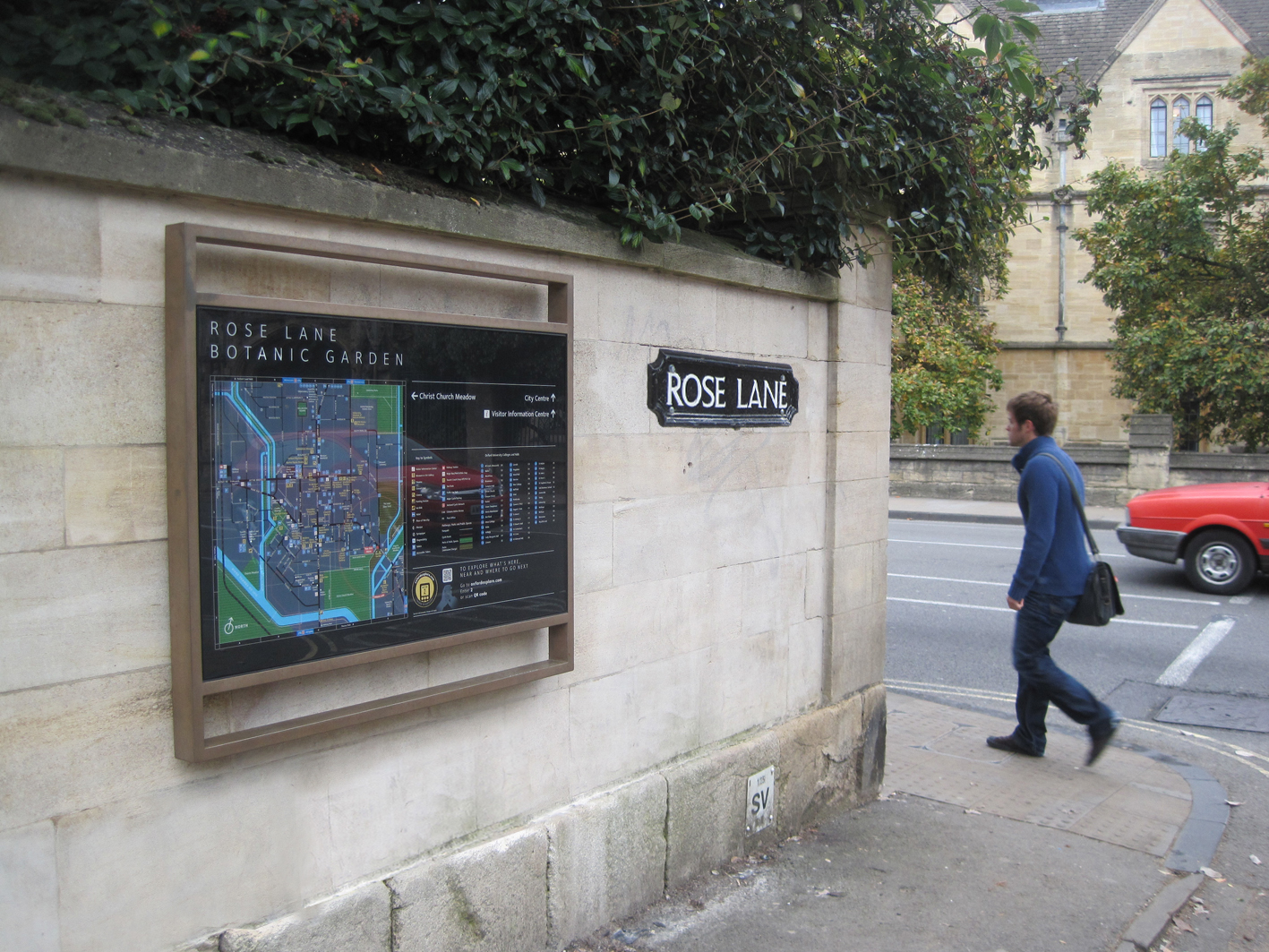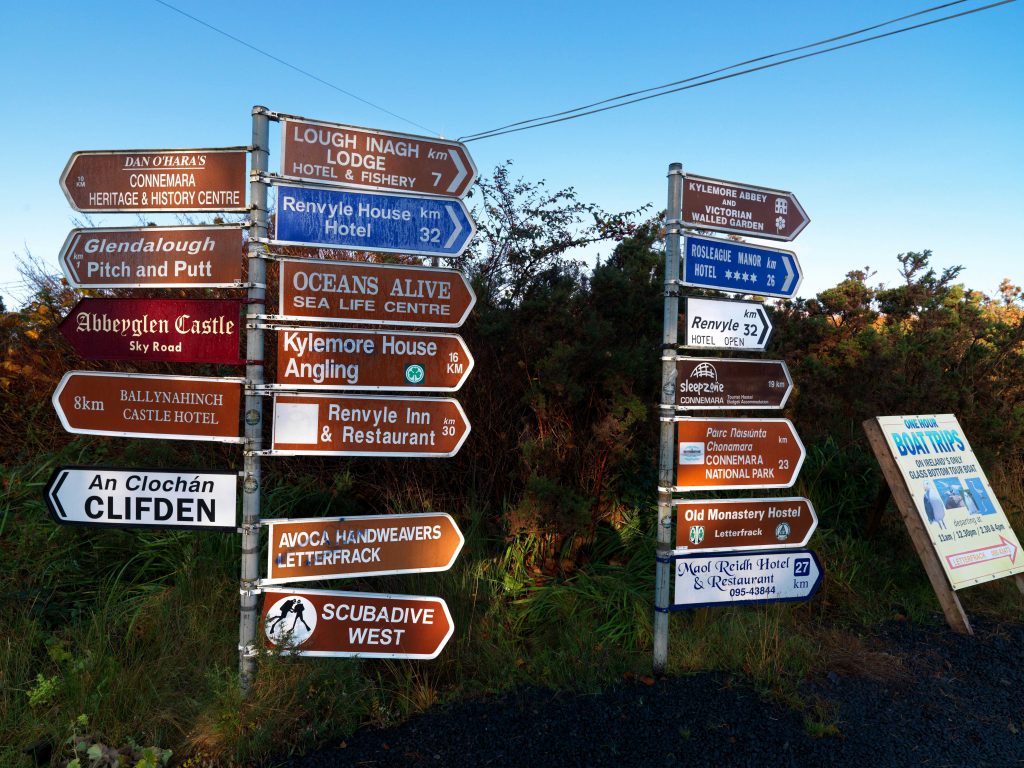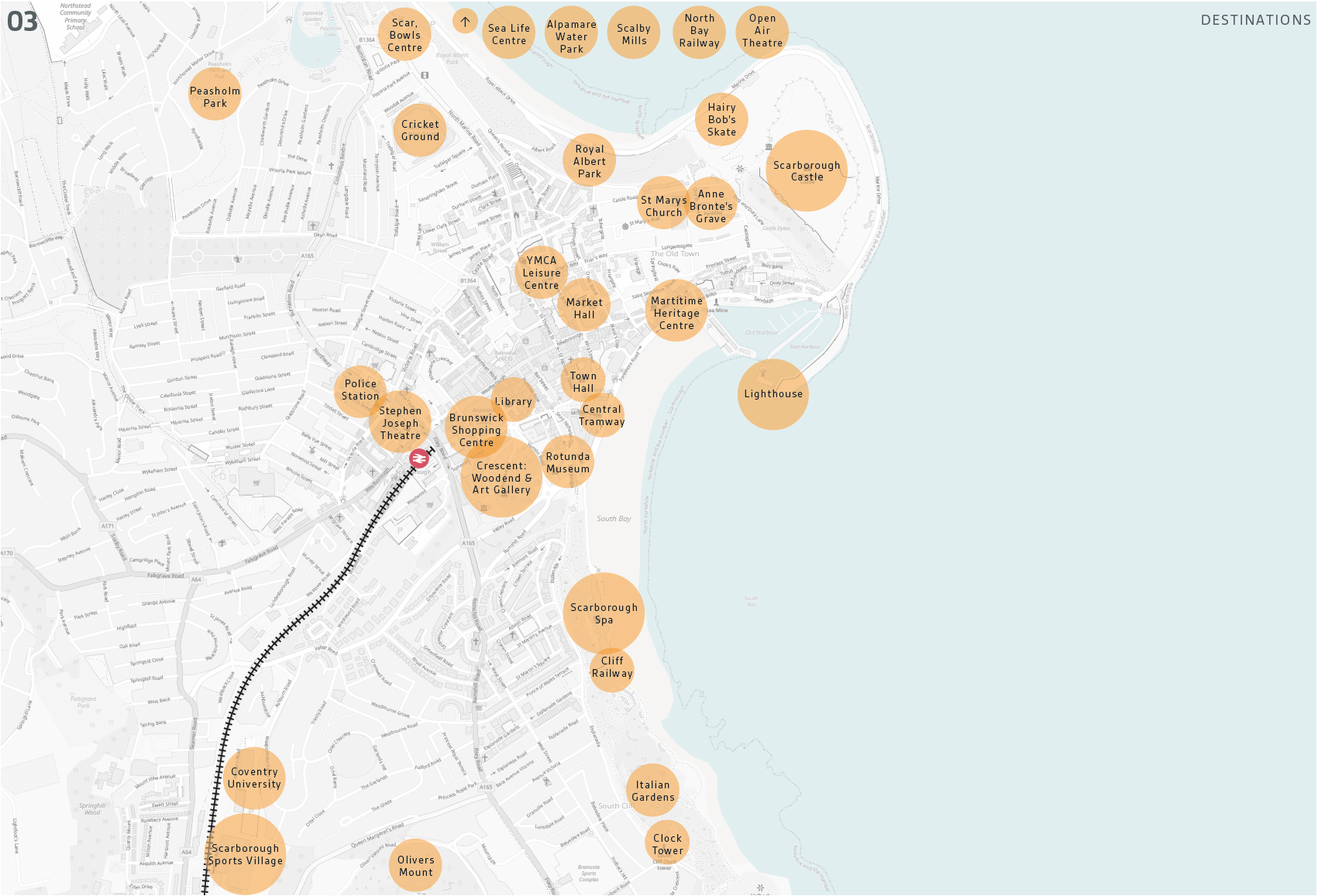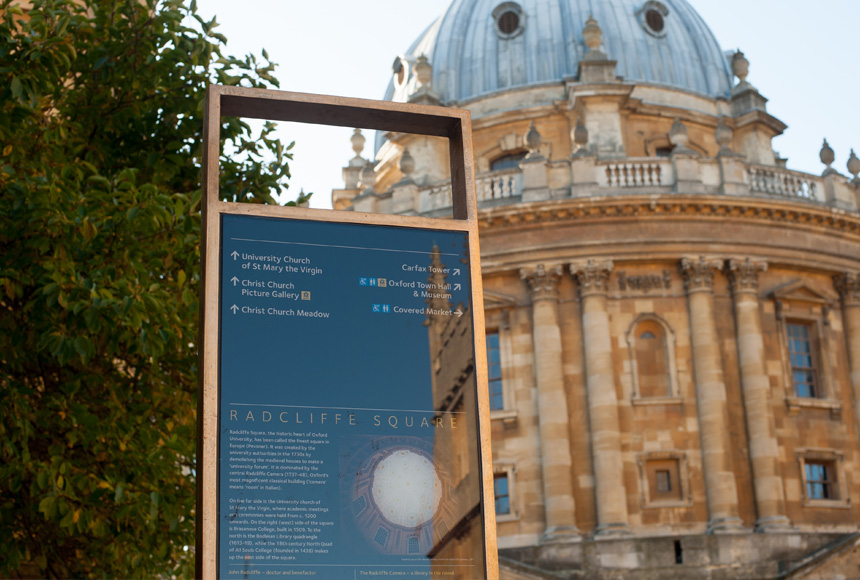In 2020 the Met Office gave a hypothetical weather forecast for the year 2050 where temperatures reached 40 degrees. This summer we reached those temperatures 28 years earlier than the experts predicted.
We experienced first hand what will probably become the norm for UK summers. And this weather wasn’t the sort for sunbathing. This was the hide-away-or-be-sorry sort. When we stepped into that extreme heat, we stepped from the theory of future climate change, into the reality of climate change in the here and now.
This first-hand encounter has, or at least should, focus our minds to step things up a gear in our quest to combat climate change and achieve net zero.
It certainly has at Placemarque.
We’d already enrolled on a course to learn about how the business can become net zero and be more careful with its resources. It’s perfect timing. Since the recent heatwaves we are itching to learn more and challenge ourselves to become better curators of our planet.
Our responsibility also extends to the projects we work on and the legacy we leave behind. So, we’re sharing some of the approaches we’re taking in projects to limit our impact on the planet.
Durable wayfinding
Our approach to combatting climate change can be summed up as ‘durable wayfinding’.
We want to design something that can be built once, and built to last.
Designing for longevity means that once a sign is in the ground, it’s less likely to need replacing. Because if it doesn’t need replacing, there’ll be less carbon impact.
Designing bespoke signs for individual places
Rather than selecting off-the-shelf designs that have no particular connection to the place, we always create bespoke designs for our projects.
Take our work in Oxford, for example. 15 years on, rather than looking outdated, the look and feel of the signage there still seems to work. It’s because our design approach was inspired and informed by the city itself. So even as time passes, the town’s signage doesn’t date. Quality, well-thought through wayfinding solutions become an integral part of the street scene rather than an add-on, so never look out of place.

Providing the right level of information
A key aspect of our wayfinding strategy is to identify what the key destinations in an area are through stakeholder consultation, site visits and observation.

Our signs must strike the right balance between providing not enough information and too much. Not enough and our visitor can’t find their way. Too much and the sign will become out of date more quickly (not to mention that our visitor will feel bamboozled and overwhelmed). That’s why we don’t signpost people towards the town’s department store which changes hands often, but we do flag up the railway station and the historic attractions.

It’s always a balancing exercise and, of course, every place is different. But that’s why we love our job!
Choosing the right types of materials
When signs do eventually need to be updated, we want this process to involve as limited intervention as possible.
That’s why our sign content is often reverse printed onto thin vinyls which are stuck onto glass sign façades. Then, when it comes to updating them it’s only the vinyl that needs to be peeled off and replaced, rather than the whole sign needing an update.
We choose hard wearing and easily recyclable materials like aluminium or, better still, recycled composite materials for our signs. Where the opportunity allows, we’ll reuse signs from elsewhere in a scheme rather than manufacturing new ones.
Embracing new technologies
Where appropriate, we look for ways to use technology to not only enhance the user experience, but to limit the environmental impact of a sign.
Our digital mapping project at Swansea enhanced the experience of cyclists, so helping to encourage people out of their cars and onto their bikes.
And at West Cambridge, we are proposing illuminated signs so, to minimise the signs’ environmental footprint, they will be powered by solar panels.
The time to act is now
Whatever your field of expertise, there are things that we can be doing to help in the communal effort to limit and mitigate against climate change. Wayfinding may not seem like an obvious sector to be able to have a meaningful impact but even here we can make decisions that help rather than harm.
If you want your next wayfinding scheme to be durable, or you want to revisit a scheme to make sure it isn’t missing any eco-opportunities, get in touch. We can devise a scheme that not only lasts the distance but has as minimal an impact on the environment as possible.




